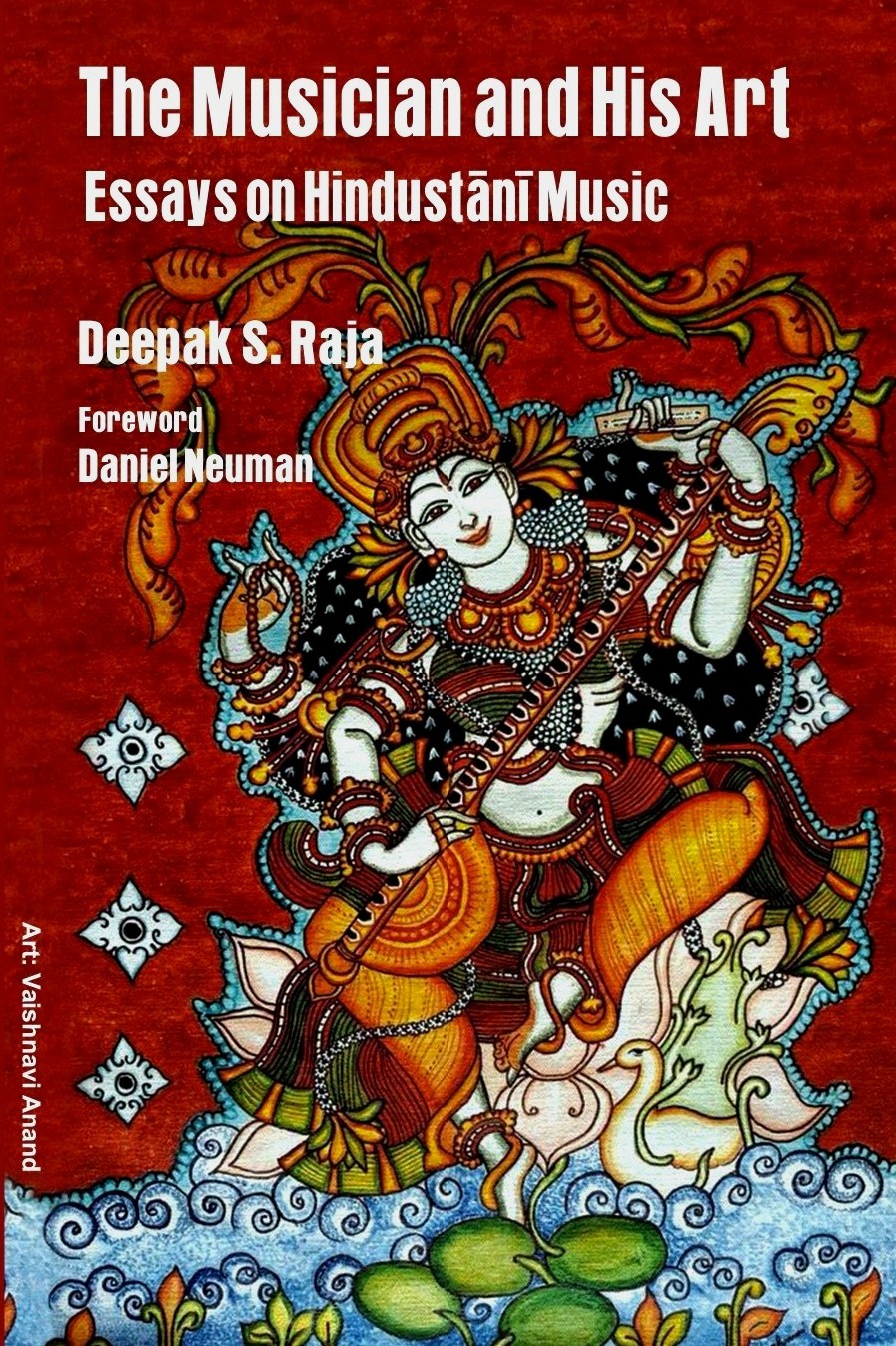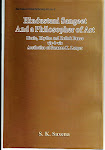Musicologist, Prof. Ashok Ranade often observed that Hindustani music is deeply engaged with the three major cycles affecting human life – the cycle of birth and death, the cycle of day and night, and the cycle of the four seasons. While specific Raga-s are not associated with birth and death, the tradition does prescribe the appropriate time of the day/ night for the performance of most, if not all, Raga-s, and also features several seasonal Raga-s.
The seasonal perspective on Raga-s is a distinctly North Indian perspective not shared currently by the Carnatic tradition, and for probably understandable reasons. Being closer to the equator, the Southern Peninsula does not experience as dramatic a change in the physical environment through the year as does the Northern heartland.
As matter of academic interest, the Hindu calendar divides the year into six distinct seasons, and the tradition appears to have prescribed Raga-s for performance in each of these seasons.
Manasollasa, a treatise written by Someshwara (1131 AD) provides insights into this dimension of musicological thought.
1. Spring (months: Chaitra and Vaisakha): Raga Vasanta/ its Ragini-s
2. Summer (months: Jyeshtha and Ashadha): Raga Bhairava/ its Ragini-s
3. Monsoons (months: Shravana and Bhadrapada): Raga Megh/ its Ragini-s.
4. Autumn (months: Ashwin and Kartika): Raga Panchama/ its Ragini-s
5. Early winter (months: Margashirsha and Paush): Raga Natanarayana/ its Ragini-s.
6. Deep winter (months: Magha and Phalguna): Raga Shree/its Ragini-s
(From: Semiosis in Hindustani Music, Jose Luiz Martinez, First edition, 2001, Motilal Banarsidass, New Delhi)
While the scholarly tradition supports a wide scope for seasonal Raga-s, the enthusiasm of the performing tradition has been limited largely to Vasanta (spring) and Varsha (rainy season/ the monsoons). There seems to be a good reason for this bias.
In the climatic experience of Northern India, spring and the monsoons have special significance. Spring brings relief from the severity of Northern winters, while the monsoons bring relief from the oppressive heat of the Northern summer. Both seasons signify nature rejuvenating itself. Understandably, therefore, the popular seasonal Raga-s are associated primarily with these seasons.






